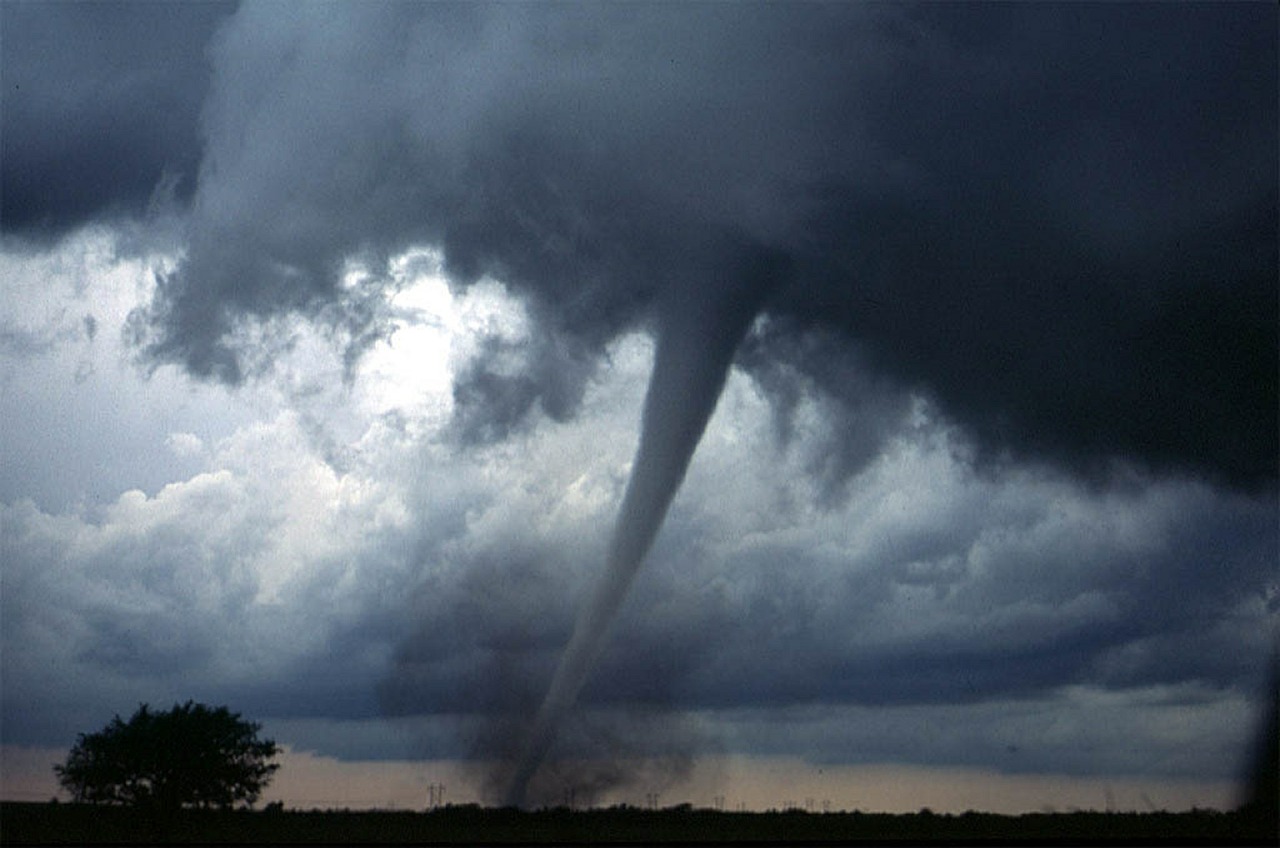
6 Things Everyone Should Do to Prepare for Tornado Season
Tornado season is officially upon us in Nebraska with several touchdowns already confirmed in the past month. Here are 6 precautions every family should take to protect themselves and their property during severe weather this spring and summer.
1. If you don’t have a family preparedness plan, make one today.
Preparedness plans have four main components to help your family be ready for any disaster – not just tornadoes:
- Identify hazards: Determine the disasters that are most likely to occur where you live and how will you prepare for each. This includes familiarizing yourself with the community’s warning system and local emergency management organizations, as well as disaster plans in places where you and your family spend time (e.g. work, school).
- Hold a family meeting: Assign responsibilities to family members in the event of each disaster, and determine where you’ll meet if you must leave your location or are in different locations, as well as how you will keep in touch.
- Prepare: Build a disaster supply kit. It’s also important to locate safe places in your home for shelter, determine evacuation routes, and teach family members how to shut off utilities and where the fire extinguisher is located. Post emergency contacts in a visible area, such as on the refrigerator. Lastly, make sure your family has the skills they need to respond to incidents, including first aid and CPR certifications, and how to use a fire extinguisher.
- Practice your plan: Do so every six months to help make sure everyone knows their roles and is ready to respond appropriately and calmly in the event of an emergency.
Read more about the important elements of a preparedness plan.
2. Create a communications plan.
- Plan for how you will stay connected if family members are not in the same place and if various communications channels are down. Write your family communications plan today.
3. Assemble a disaster supply kit.
This kit should contain supplies your family might need to survive a disaster, including:
- Food and water
- Blankets
- Prescription medications
- A flashlight
- A first aid kit
- Important documents
Check out the full list of disaster supply kit essentials.Your supply kit should be easy to carry for use at home or to be taken with you if you must evacuate.
4. Designate an area in your home as a shelter.
The safest space in the event of a tornado is an underground room, such as a basement, cellar or storm shelter. If those are not an option, the next safest space is a small interior room (such as a bathroom, hallway or closet) on the lowest floor, away from windows and exterior walls.
5. Know the difference between a tornado watch and a tornado warning, and familiarize yourself with changing weather that can signal the possibility for a tornado.
A tornado watch means that a tornado is possible – stay tuned to local media and be prepared to take shelter quickly if necessary. A tornado warning means a tornado has been spotted or indicated by radar – you should take shelter immediately.
Weather signs that could indicate the potential for a tornado include an approaching cloud of debris (even if a funnel is not visible), dark and towering clouds, green-hued sky, large hail, rotating or low-lying clouds and a loud roar – similar to a train.
6. Assess the outside of your home for items that could become airborne and cause damage in strong winds.
When skies are blue and weather is safe, scan your yard for items that could become potential hazards during a storm, and secure or store them as needed. This includes lawn and patio furniture, children’s toys and empty planters. Be sure to check for damaged or downed tree limbs for removal.
It’s also important to inspect your home for any structural damage that could be worsened by strong winds, such as loose brickwork, siding, soffits or fascia. Heavy rain is often common during tornadoes, so prioritize repairing roof or foundation issues that could lead to leaks and water damage.

